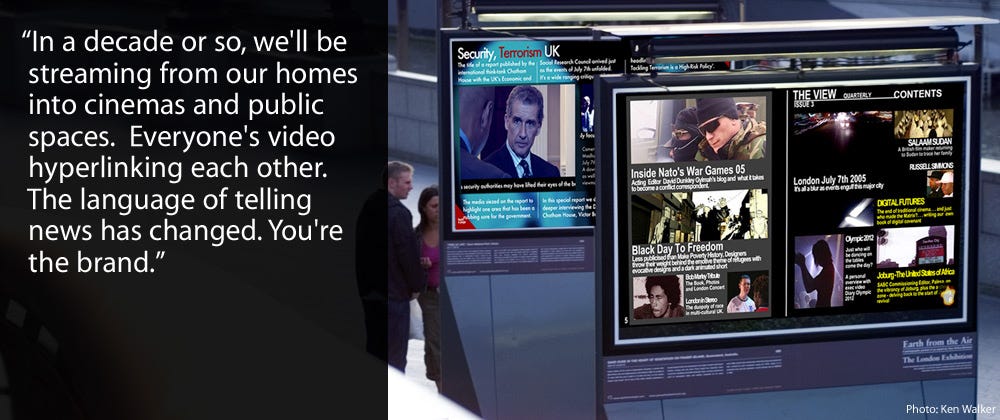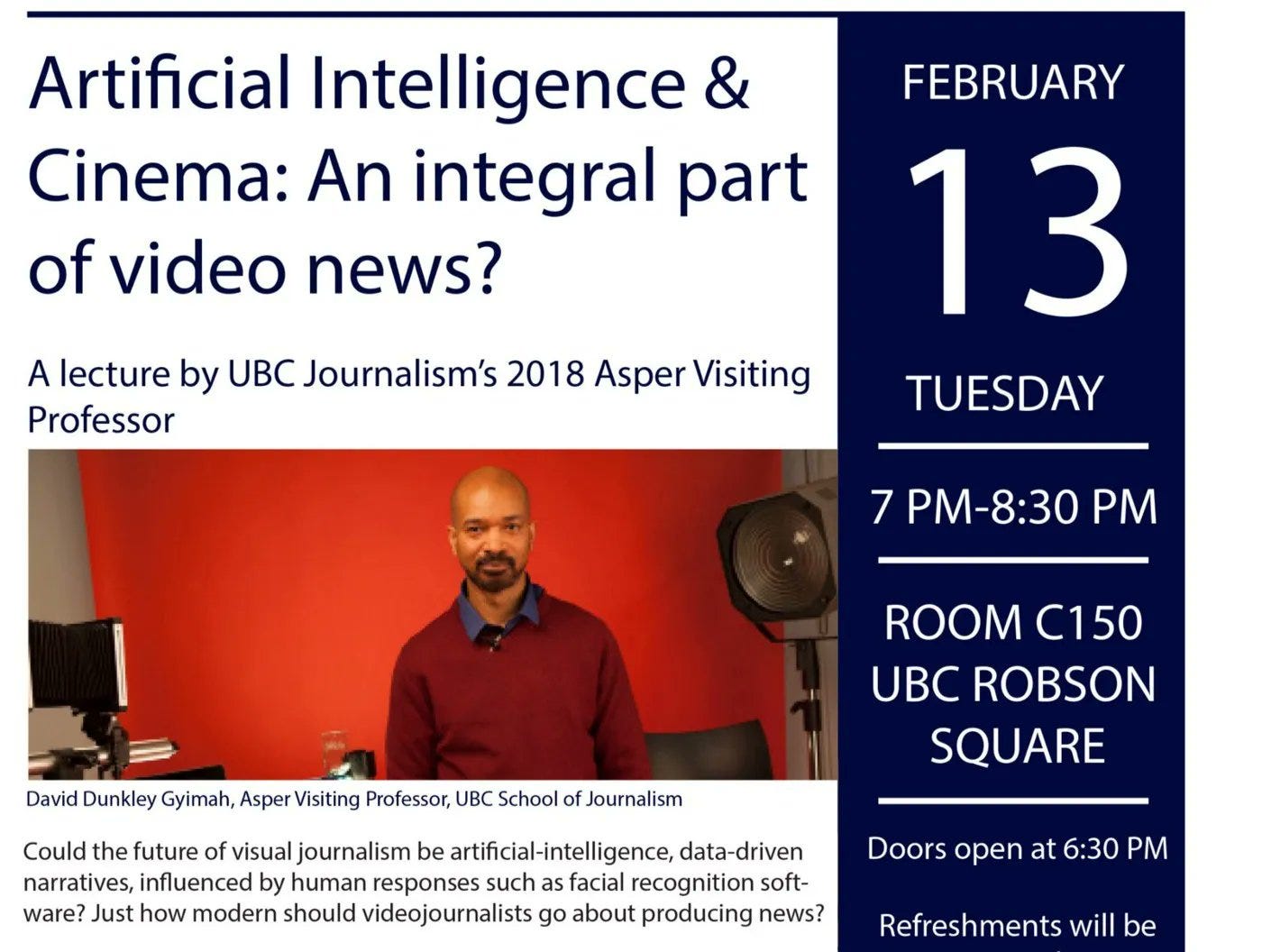In less than a decade television news will be transformed. The screen you’re used to viewing on national networks will be transformed, not because executives sought to, but AI forced them to.
These are just some of our stories bringing together great young minds and experts in a platform being realised from an Innovation fund.
Arguably, one of the most tendentious aspects of television news are interviews and false hoods or lies promulgated by interviewees and presenters. The motive often lies in the idea that fact checking will take a while and a lie will transfer half way around the world, before, if anything it’s corrected.
How often might you have caught yourself screaming answers at a screen, or criticising a presenter because they missed the obvious follow up?
What then if online displays not only indicated either the likelihood of a falsehood by providing evidence in real time? This could be done now from our own ideation. Its use will be a political one first before it breaks into the norm. Another aspect that will have currency is establishing for viewers the relationship between journalists and their interviewees, providing watchers with information on the notion of objectivity.
Last year I was one Google’s reviewers for their EU Innovation news fund. One of the awardees was developing what I refer to as “social indexing”. The app reveals connections between the journalist and subject. I’m looking forward to catching up with their work in the future, as we look to our developments which will be documented in a forthcoming new platform.
All this comes at a time when trust is journalism is diminished and television news often appears powerless at addressing in real time skewed or propagated false narratives. That said TV News still tends to rank higher in trust levels above newspapers.
The problem with television News at present is embodied in the Icarus paradox in which the success of its process or product can be viewed as the reason for continuing with the status quo. Icarus’s success in flying also blindsided him to dangers ahead mapped out by author Danny Miller in a book of the same name.

Trust in journalism has been on a downward spiral for a while. In 2006, the figure was put at 44 percent of Americans. CBS’ 60 minutes and Dan Rather’s broadcast, dubbed Rathergate, and a September 2004 Gallup Poll illustrated how the American people took a dim view of the 4th estate.
Former New York Times writer Jayson Blair’s actions may have already sullied public opinion. Yet in each case of recognising Trust, the answer appears to be, as reported in Niemann labs’ Journalism faces a crisis in trust. Journalists fall into two very different camps for how to fix it a new form of journalism or ways to up trust levels.
These haven’t worked because it’s not just journalists that are at fault. The solution then is to make visible in real time actions via on-screen displays.
Imagine this exchange?
Presenter: Are hospital waiting lists coming down
Interviewee: yes
AI Index (AIIN) ( in real time with sources e.g. NHS England) Hospital waiting lists are
Presenter. [Interviewee] as you can see here on AIIN ( Ayan) this is the true figure. Would you care to correct what you said.Presenter: You quoted a figure before. AIIN’s showing that figure was used by a health lobby, and that not only is there a social connection between you and that lobby, but a personal one. Your brother-in-law works there.
In the 1990s Bloomberg Business introduced a matrix on-air visual schema providing real time economic data for viewers. Deploying systems thinking applied across the product and process, we see how we can use AI (product) in a model that addresses the current problems with television’s transmission. It’s been sometime in the making when I presented to educationists and school children across the UK the concept.
Some notes on my work.
In 2005 I advocated from building a model online video hyperlinking reported within The Economist. This would help into drilling deeper into narratives. In 2006 I built a theoretical prototype Outernet (profiled on Apple Inc’s Pro front page here) , saying in years to come we’s be streaming from homes.

In 2006 in this article for the Press Gazette I further stated that different storylines could be placed online in “Acres of innovation — so what can video do for you?” No network was doing this at the time.
Over the years I’ve won various awards including the Knight Batten Award for Innovation in Journalism ( the first Brit to do so) and have lectured around the world including being picked as the 2018 Asper visiting professor of Journalism at the University of British Columbia.

I’m an Associate Professor/ Reader at the University of Cardiff where I run a programme in innovation and AI and have had a career in journalism working for top flight news outfits.
You can read more of my work as an news producer and innovator here
If you subscribe you’ll be the first to hear about out our new platform design © 16 Storeys which delves into the future by bringing together exciting young and expert practitioners across a range of disciplines.
In it I’ll be showing AI for news making and film making (such as this below), and the global MasterClass I’m set to deliver to documentary and filmmakers. I’ll explain why I believe it will greatly aid minorities.
If you’re in news, into AI, or a tech funder do drop me an email Gyimahd(at)Cardiff.ac.uk
Dr David Dunkley Gyimah
Associate Professor in Innovation in journalism and tech
